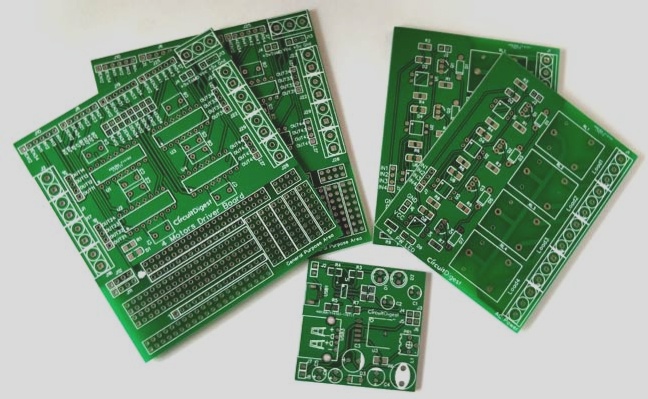1. Distinguish the quality of the flex PCB from the outer
Under normal circumstances, the quality assessment of FPC circuit boards can be conducted through three primary aspects.
(1) Adherence to standard size and thickness specifications.
Flex PCBs possess distinct thicknesses compared to standard circuit boards. Customers can verify the thickness and specifications of their own products.
(2) Evaluation of surface appearance and color.
The exterior of the circuit board is coated with ink, serving as insulation. A dull color or insufficient ink coverage indicates poor insulation quality.
(3) Examination of soldering quality.
Given the multitude of components on a circuit board, poor soldering can lead to component detachment, significantly impacting board functionality. Thorough scrutiny and robust solder joints are crucial.
2. High-quality FPC circuit boards must adhere to the following criteria:
(1) Electrical connections must meet specified standards.
(2) Line width, thickness, and spacing should meet requirements to prevent overheating, breakage, and short circuits.
(3) Copper adhesion should withstand high temperatures without detachment.
(4) Copper surfaces should resist oxidation to maintain installation efficiency and prevent premature failure.
(5) Minimization of electromagnetic radiation.
(6) Structural integrity to prevent deformation, ensuring proper alignment of housing and screw holes during installation. With contemporary mechanized installations, circuit board hole positioning and design tolerance for deformation errors are critical.
(7) Resistance to high temperatures, humidity, and other environmental factors.
(8) Mechanical properties of the surface must meet installation standards.
Under normal circumstances, the quality assessment of FPC circuit boards can be conducted through three primary aspects.
(1) Adherence to standard size and thickness specifications.
Flex PCBs possess distinct thicknesses compared to standard circuit boards. Customers can verify the thickness and specifications of their own products.
(2) Evaluation of surface appearance and color.
The exterior of the circuit board is coated with ink, serving as insulation. A dull color or insufficient ink coverage indicates poor insulation quality.
(3) Examination of soldering quality.
Given the multitude of components on a circuit board, poor soldering can lead to component detachment, significantly impacting board functionality. Thorough scrutiny and robust solder joints are crucial.
2. High-quality FPC circuit boards must adhere to the following criteria:
(1) Electrical connections must meet specified standards.
(2) Line width, thickness, and spacing should meet requirements to prevent overheating, breakage, and short circuits.
(3) Copper adhesion should withstand high temperatures without detachment.
(4) Copper surfaces should resist oxidation to maintain installation efficiency and prevent premature failure.
(5) Minimization of electromagnetic radiation.
(6) Structural integrity to prevent deformation, ensuring proper alignment of housing and screw holes during installation. With contemporary mechanized installations, circuit board hole positioning and design tolerance for deformation errors are critical.
(7) Resistance to high temperatures, humidity, and other environmental factors.
(8) Mechanical properties of the surface must meet installation standards.



